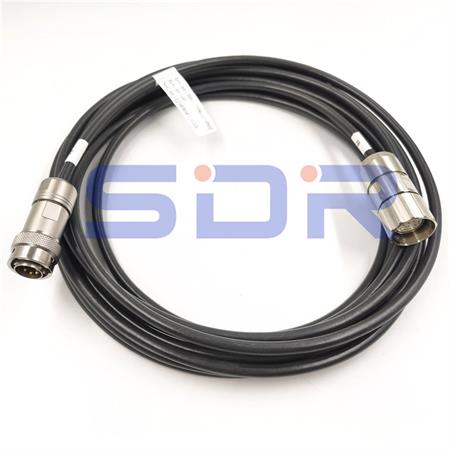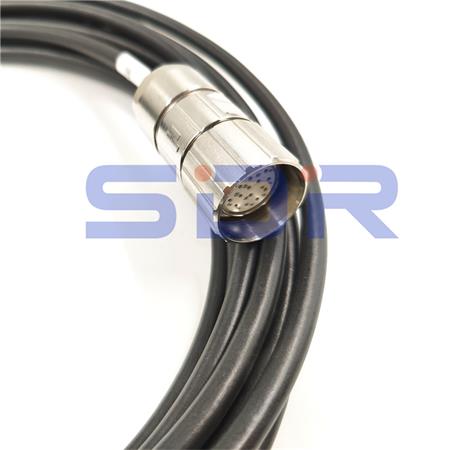The use of industrial robots has revolutionized manufacturing processes, enhancing productivity, precision, and efficiency. A crucial aspect of any robot system is its cables, as they play a critical role in transmitting power and signals to various components. ABB, a leading provider of robotic solutions, understands this significance and has developed high-quality outer Axis Cables. In this essay, we will explore three characteristics of ABB robot outer axis Cables that make them exceptional in terms of durability, flexibility, and safety.

1. Durability:
One of the key characteristics of ABB robot outer axis Cables is their exceptional durability. These cables are designed to withstand the harsh conditions often encountered in industrial environments. They are built to resist abrasion, chemicals, oils, and extreme temperatures. This durability ensures that the cables can endure repetitive robot movements, vibrations, and external impacts without any compromise on their performance.
ABB achieves this durability through the use of high-quality materials and advanced manufacturing techniques. The outer jacket of the cables is made from rugged materials that provide excellent resistance to wear and tear. Additionally, the cables undergo rigorous testing procedures to ensure their robustness, allowing them to operate reliably and consistently over extended periods.
2. Flexibility:
Another notable characteristic of ABB robot outer axis cables is their exceptional flexibility. In manufacturing processes, robots often need to move in multiple axes and perform complex tasks. The cables must be flexible enough to accommodate these movements without exerting excessive strain or hindering the robot's range of motion.
ABB addresses this requirement by utilizing innovative cable designs that prioritize flexibility. These cables are engineered to have a low bending radius, allowing them to bend and twist smoothly without compromising their integrity. The use of high-quality internal conductors ensures that signals and power are efficiently transmitted even during high-flexing movements, further enhancing the cable's flexibility.
The flexibility of ABB robot outer axis cables not only improves the robot's performance but also minimizes the risk of cable damage and downtime. By enabling unrestricted motion, these cables contribute to smoother operations, reducing the likelihood of cable failures caused by excessive strain or bending.

3. Safety:
Safety is of utmost importance in industrial environments, and ABB robot outer axis cables are designed with this in mind. These cables incorporate various safety features to mitigate potential risks and ensure reliable operation.
Firstly, ABB cables are designed to comply with industry safety standards and regulations. They undergo stringent testing to ensure their suitability for use in critical applications. This commitment to safety helps manufacturers maintain compliance and protect workers and equipment from potential hazards.
Secondly, these cables incorporate features such as enhanced insulation, shielding, and grounding to minimize the risk of electromagnetic interference (EMI). EMI can disrupt signal transmission and cause malfunctions or errors in robotic systems. ABB cables are engineered to reduce EMI, ensuring reliable data and power transmission, while also reducing the risk of interference with other sensitive equipment nearby.
In conclusion, ABB robot outer axis cables possess several remarkable characteristics that set them apart in the industry. Their durability enables them to withstand challenging industrial environments, ensuring consistent performance over extended periods. The exceptional flexibility of these cables allows for unrestricted robot movements, contributing to efficient operations and minimizing the risk of cable damage. Lastly, the safety features incorporated in ABB cables ensure compliance with industry standards and protect against potential hazards. By prioritizing durability, flexibility, and safety, ABB has created outer axis cables that are reliable, efficient, and well-suited for the demanding requirements of industrial robot systems.